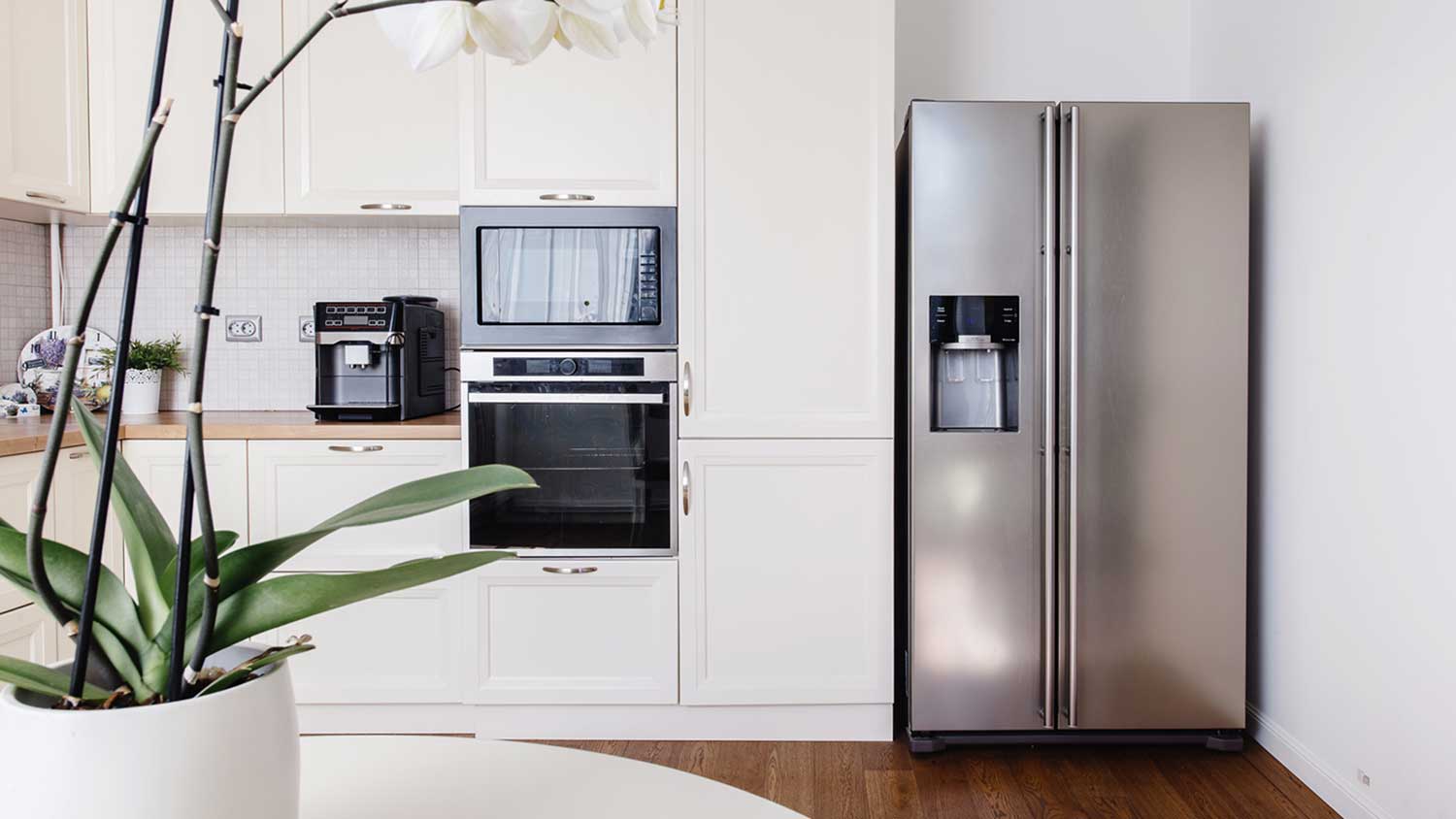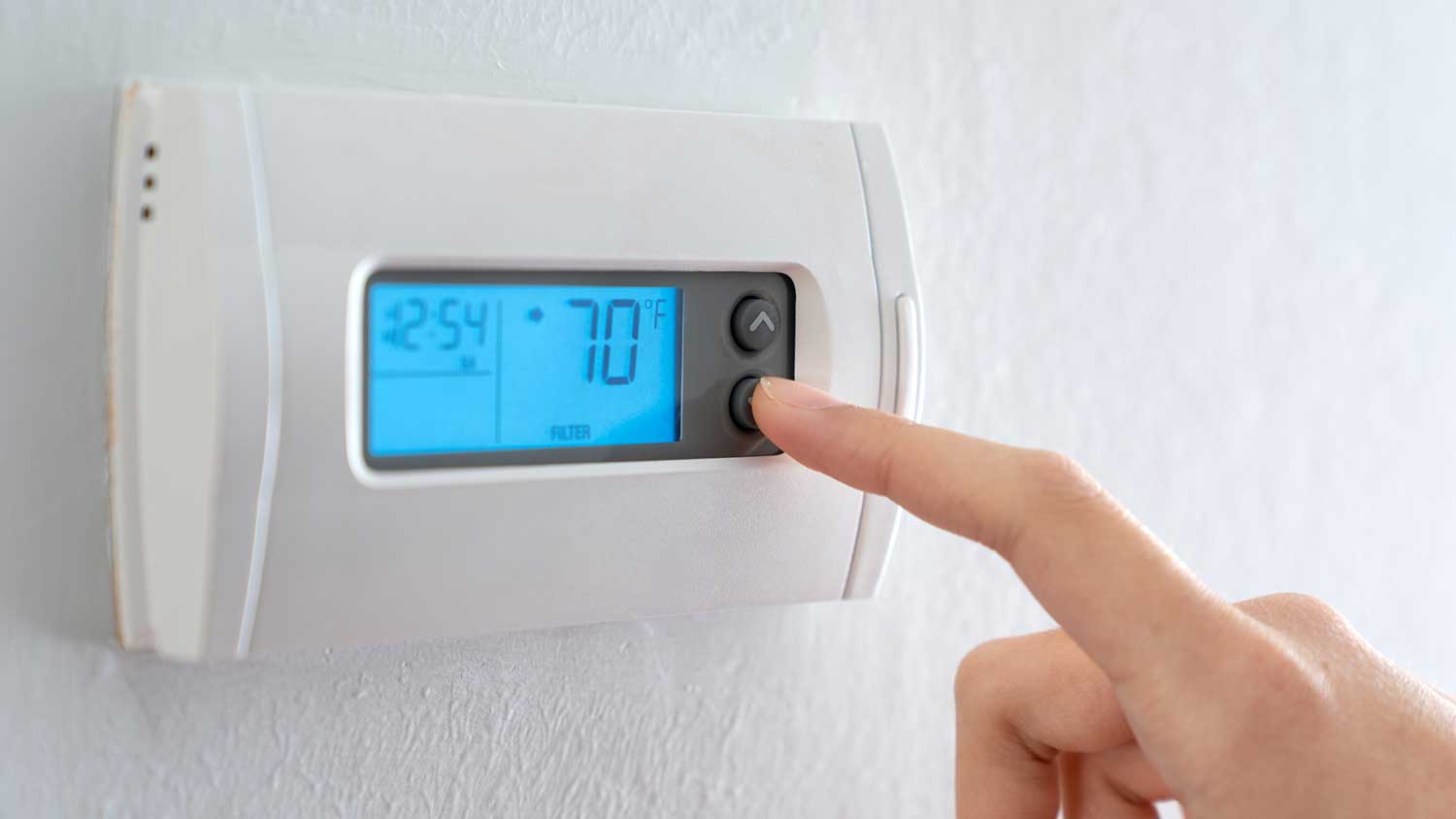
How much does adding an electrical outlet cost in Columbus? Get details on average pricing, permit needs, and what affects the total cost.
Learn what’s behind a sudden spike in energy costs


The main culprit of high energy bills is older appliances.
The second most common reason for a high bill is heating or cooling your home.
Be diligent about checking your electric bill for rate hikes.
The average electric bill is around $140 per month. What’s more important than this figure, however, is what your average is per month. If you notice a spike in the wrong direction, you need to make sure your power company didn’t pull a fast one on you by raising your rates. Remember that there are usually pricing tiers based on your total usage and the time of day. Any of them can change, and usually not to your benefit.
Review bills and compare your charges to make sure your rates are the same as they used to be.
If you have the option, get power quotes from other companies. You may be able to negotiate with your current company by letting them know what others are offering.

As appliances get older, they become much less energy-efficient. The worst offenders are aging fridges, chest freezers, heating and air conditioning systems, and electric water heaters. In addition, an appliance in need of repair can sometimes draw more energy than usual.
If the appliance is damaged, contact an appliance repair pro or a local electrician to fix it, and see if that resolves the power drain.
If the appliance is outdated, replace it with a newer model. Keep in mind there may be rebates and tax credits available for doing so.

Air leaks, bad insulation, and lack of window coverings are just a few things that can make your home less energy-efficient, causing you to have to crank up the heat or air conditioning. If your energy bills spike in winter and summer, your heating and cooling usage is very likely to blame.
Have a pro check your home’s insulation and look for any air leaks. Or book a full home energy audit.
Consider window shades or films that help filter direct sunlight.
Keep up with routine HVAC maintenance so your system is as efficient as possible.
This isn’t as common as the other ones, but if you notice a serious bump in your bill, consider your power supply. It isn’t unheard of for ambitious neighbors to tap into their neighbor’s (your) power supply. You can’t usually check this yourself unless there is an obvious cable running to someone else’s property. A pro should come out and check.
People who steal power are committing a crime, so if you discover this happening, call the police.
If you live in an area with a lot of sunlight hours per year, you should consider investing in solar panels. There is an initial investment that can be high, but it can also be offset with rebates and tax breaks in many places. If you have a system already installed, consider that it may not be functioning correctly.
Talk to a local solar pro to discuss options. They will also give you a breakdown of what your new power bill might look like.
If you have an existing solar system, book a professional inspection to make sure it’s working properly.
From average costs to expert advice, get all the answers you need to get your job done.

How much does adding an electrical outlet cost in Columbus? Get details on average pricing, permit needs, and what affects the total cost.

The cost of a whole-house surge protector depends on the materials, size, installation, and more. This guide will help you budget for a new surge protector.

How much does rewire house cost in Columbus? Learn the major factors that impact the price and how it can help increase your home's value.

Installing a USB outlet can enhance your charging situation at home. From what a USB Outlet is to the cost of installation, we’ve rounded up what you need to know before installing an outlet in your home.

Learn a new skill and find out how to wire a light switch (safely) in your own home. This is one project that’s sure to light up your day.

Is your home costing you more money than it should be? You can take steps to save money throughout your home to keep it where it should be—your wallet.